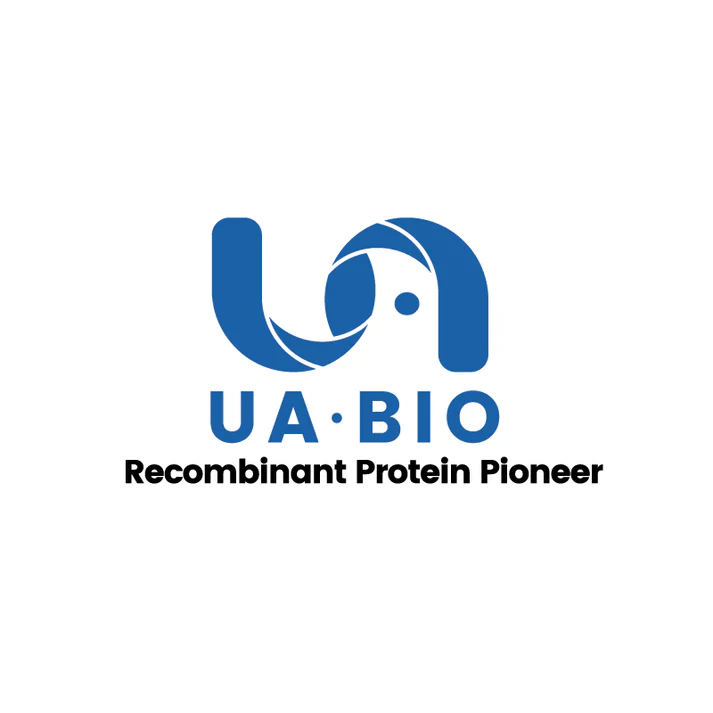1μg (R: reducing condition, N: non-reducing condition).
Product Details
Product Details
Product Specification
| Species | Mouse |
| Synonyms | B7 homolog 1 (B7-H1), CD274,PD-L1,PD-1 |
| Accession | Q9EP73 |
| Amino Acid Sequence | Phe19-Thr238, with C-terminal His and Avi tag |
| Expression System | HEK293 |
| Molecular Weight | 40-53kDa (Reducing) |
| Purity | >95% by SDS-PAGE |
| Endotoxin | <1EU/μg |
| Conjugation | Biotin |
| Tag | Avi Tag, His Tag |
| Physical Appearance | Lyophilized Powder |
| Storage Buffer | PBS, pH7.4. |
| Reconstitution | Reconstitute at 0.1-1 mg/ml according to the size in ultrapure water after rapid centrifugation. |
| Stability & Storage | · 12 months from date of receipt, lyophilized powder stored at -20 to -80℃. · 3 months, -20 to -80℃ under sterile conditions after reconstitution. · 1 week, 2 to 8℃ under sterile conditions after reconstitution. · Please avoid repeated freeze-thaw cycles. |
| Reference | 1. Azuma, T. et al: B7-H1 is a ubiquitous antiapoptotic receptor on cancer cells, Blood 111:3635 (2008). |
Background
Programmed cell death 1 ligand 1 (PDL1) is also known as B7-H, B7H1, MGC142294, MGC142296, PD-L1, PDCD1L1 and PDCD1LG1,which is a member of the growing B7 family of immune molecules and is involved in the regulation of cellular and humoral immune responses. Mature mouse B7-H1 consists of a 221 amino acid (aa) extracellular domain (ECD) with two immunoglobulin-like domains, a 21 aa transmembrane segment, and a 30 aa cytoplasmic domain. B7-H1 is expressed on inflammatory-activated immune cells including macrophages, T cells, and B cells, keratinocytes, endothelial and intestinal epithelial cells, as well as a variety of carcinomas and melanoma. B7-H1 binds to T cell B7-1/CD80 and PD-1. It suppresses T cell activation and proliferation and induces the apoptosis of activated T cells.
Picture
Picture
SDS-PAGE


